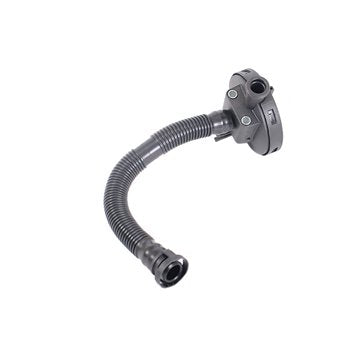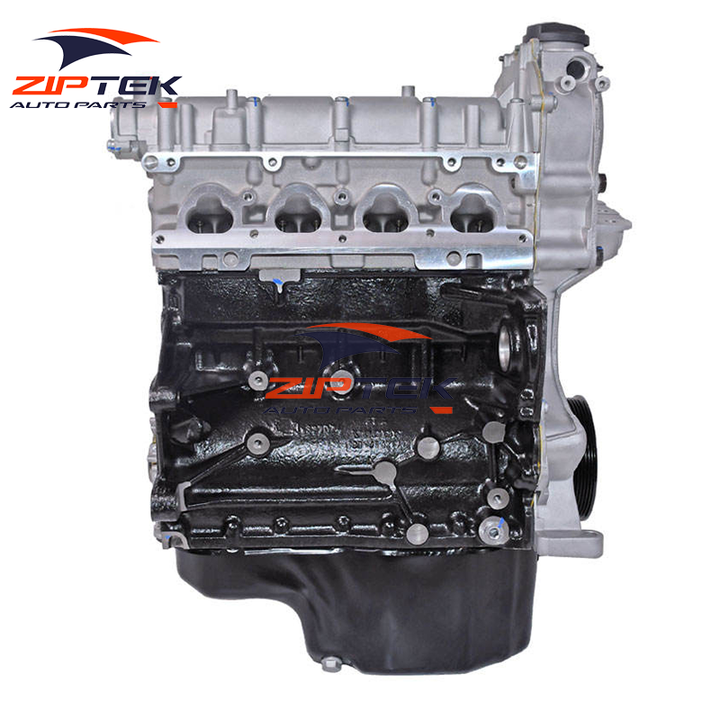Upgrade a state-of-the-art clp engine for better performance.
Upgrade a state-of-the-art clp engine for better performance.
Blog Article
How a Clp Engine Can Improve Effectiveness in Different Industries
The development of CLP engines notes a significant change in operational performance across different sectors, driven by their capability to maximize fuel consumption and lessen downtime. Industries such as manufacturing and logistics stand to obtain significantly from their durable layout and regular power outcome, which promise to improve operations and enhance performance. As companies significantly prioritize sustainability along with efficiency, the duty of CLP engines becomes much more crucial. What continues to be to be seen is exactly how these advancements will certainly form the future landscape of industrial procedures and their effect on broader financial fads (clp engine).
Overview of CLP Engines
CLP engines, or Constant Fluid Propellant engines, represent a considerable improvement in propulsion modern technology, especially for area applications. These engines use a continuous feed system that enables for the continual expulsion of propellant, bring about boosted performance and performance contrasted to standard solid or hybrid propulsion systems. By maintaining a constant flow of liquid propellant, CLP engines can achieve much more precise thrust control, which is important for steering spacecraft in different mission situations.
The design of CLP engines integrates advanced products and cutting-edge gas management systems. clp engine. This leads to reduced weight and boosted dependability, important factors for long-duration area goals. The continuous procedure lessens the threat of burning instability, a typical challenge in traditional rocket engines.

Benefits in Production
The manufacturing of Constant Liquid Propellant (CLP) engines presents numerous noteworthy benefits that boost both efficiency and cost-effectiveness. One of the main advantages is the streamlined production procedure, which decreases the intricacy connected with conventional propulsion systems. By using fluid propellant, producers can achieve greater accuracy in engine performance, causing maximized power output and lowered waste.
Additionally, CLP engines promote a higher level of modularity, permitting less complicated combination into different manufacturing lines. This versatility can significantly lower preparations and enhance total operational flexibility. Making use of CLP modern technology also tends to lessen the requirement for comprehensive maintenance because of fewer relocating components, which translates into reduced downtime and operational expenses.

Applications in Logistics
Leveraging Continuous Fluid Propellant (CLP) engines in logistics offers significant benefits in operational effectiveness and dependability. These engines provide a robust solution for different transportation demands, allowing the seamless movement of items throughout substantial ranges. The fundamental layout of CLP engines allows for regular power output, which equates into smoother and much more predictable transport useful reference routines.
Among the crucial applications of CLP engines in logistics is in durable freight transportation, where they can drive both ground and airborne vehicles. Their capacity to preserve high efficiency under varying tons conditions makes certain that distribution timelines are satisfied, thereby enhancing consumer complete satisfaction. In addition, CLP engines can be incorporated right into automated logistics systems, promoting real-time monitoring and enhancing route planning.
In addition, the durability of CLP engines lowers maintenance downtime, allowing logistics business to optimize their functional abilities. This is particularly helpful in warehousing procedures, where efficiency in dealing with and transporting goods is crucial. As logistics proceeds to progress, the integration of CLP engines represents a forward-thinking strategy that not just boosts efficiency however likewise supports the industry's expanding demands for reliability and rate.
Impact on Energy Effectiveness
Just How do Continuous Fluid Propellant (CLP) engines enhance power performance in transportation? CLP engines make use of a regular flow of liquid gas, maximizing combustion procedures and maintaining a secure thrust result. This design minimizes energy losses related to traditional burning engines, where fuel shipment can vary and lead to ineffectiveness.
The constant procedure of CLP engines allows for a more efficient thermal cycle, causing higher specific impulse compared to traditional engines. clp engine. This translates to minimized fuel usage for the very same amount of job done, considerably lowering operational expenses across various transportation markets, consisting of aeronautics and maritime industries
Furthermore, the capacity of CLP engines to maintain try this out ideal performance under differing tons problems minimizes the demand for frequent velocity and slowdown, additionally boosting gas performance. Improved energy efficiency not only contributes to set you back financial savings yet additionally brings about decrease greenhouse gas emissions, aligning with international sustainability goals.
Future Trends and Innovations
Emerging innovations in Constant Liquid Propellant (CLP) engine modern technology assurance to revolutionize the landscape of transportation performance and sustainability. As markets pivot toward greener choices, CLP engines stand at the leading edge, integrating ingenious products and design methods that enhance performance while lessening environmental effect.
Among the most encouraging patterns is the fostering of hybrid systems that combine CLP engines with sustainable energy resources. This harmony can optimize gas intake and lower emissions, lining up with worldwide sustainability goals. Additionally, advancements in computational fluid dynamics (CFD) are facilitating the design of more aerodynamically efficient engines, causing reduced drag and boosted gas performance.
In addition, the growth of wise tracking systems is readied to enhance operational efficiencies. These systems utilize information analytics and IoT modern technology to maximize engine performance in real-time, making sure that the engines run within their most reliable criteria.
As research study proceeds to explore alternative propellant formulas-- such description as biofuels and synthetic gas-- the future of CLP engines looks promising. By using these innovations, markets can not just boost their efficiency yet also contribute significantly to a cleaner, more sustainable future in transport.
Verdict
In conclusion, CLP engines represent a substantial advancement in effectiveness across multiple markets. Their ability to enhance fuel consumption and reduce operational expenses, combined with a constant feed system, enhances power outcome and operational reliability. The integration of sophisticated materials and fewer moving components reduces maintenance demands, while placement with sustainability objectives settings CLP engines as a crucial innovation for the future. Proceeded advancement in this area guarantees additional renovations in performance and ecological performance.
Report this page